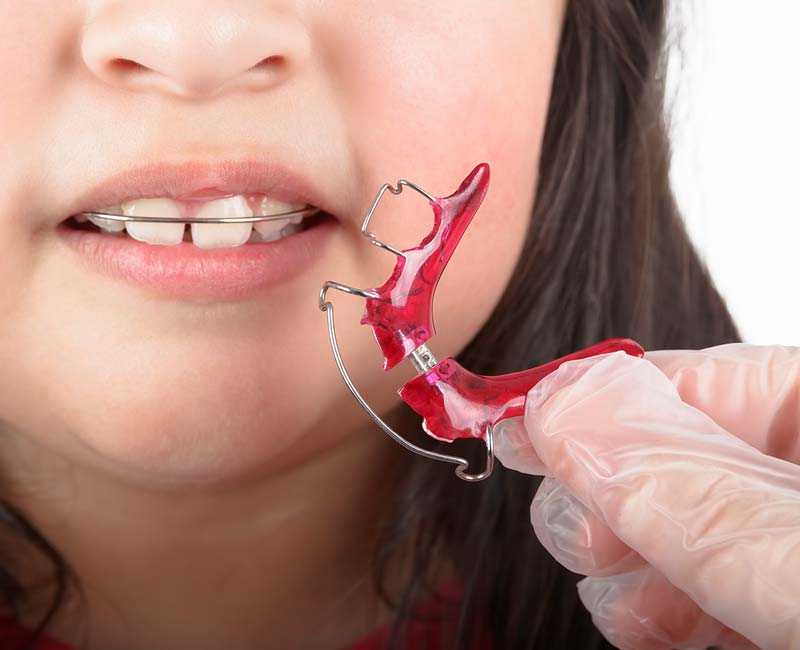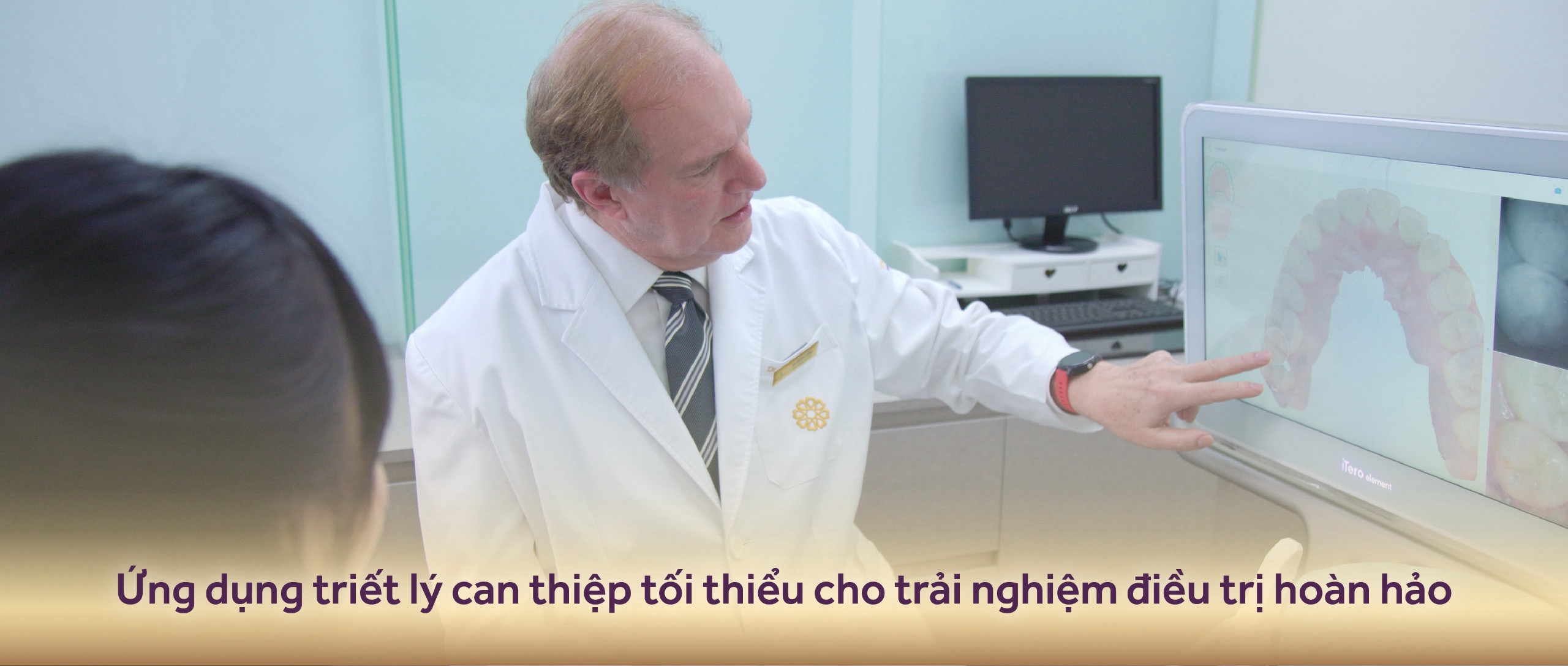If you want to keep your teeth straight after getting your braces off, you need to wear a retainer. This device keeps your teeth in proper alignment for years to come. For best results, always follow your provider’s recommendations for wearing a retainer.
Overview

What is a retainer?
A teeth retainer is a custom-made device you wear in your mouth over your teeth. It helps keep your teeth in their new, correct position after braces
What do retainers do for teeth?
Even after braces made your teeth straight, they aren’t completely firm in their new position. This doesn’t happen until the gums, bones and muscles get used to the change. Everyday habits like chewing and grinding apply forces to your teeth and can move them. Shifting teeth can also lead to malocclusion. This is when your upper and lower teeth don’t align with your mouth closed.
Your braces kept your teeth in a straight position for a long time. Once the braces come off, nothing is keeping your teeth from moving back to their previous position. Wearing a retainer helps keep your teeth in the correct place, so they don’t move. Think of it this way: Braces straighten your teeth, but your retainer keeps them that way. They help your teeth “retain” their position.
Who fits teeth retainers?
A general dentist or an orthodontist fits you for your retainer. Orthodontists are dentists who have special training in the correct alignment of teeth.
What are the different types of teeth retainers?
The two main types of retainers are:
- Fixed retainers that stay in your mouth.
- Removable retainers that you take out.
Many dental providers use a combination of fixed and permanent retainers to keep teeth straight. You could have both types at the same time. The purpose of all types of retainers is to make your alignment last for years.
What are fixed retainers?
Fixed retainers (also called permanent retainers) stay on your teeth with a glue-like bonding agent. You can’t remove this type of retainer yourself. These are often used on the front, lower or upper teeth to keep them from coming apart or shifting over time.
What are removable retainers?
Removable retainers can go in and out of your mouth. Traditional (Hawley) retainers have a piece of wire attached to plastic (or acrylic). Clear retainers (Essix) are also plastic but don’t have any wires. Both are custom-made to fit your teeth.
How are teeth retainers fitted?
The process for making the retainer for your teeth depends on which type you get.
For removable retainers:
- Your provider takes a dental impression of your teeth using dental putty, a soft material similar to play dough.
- They put the putty in trays, then insert the trays over your teeth. This imprints your unique bite and teeth layout into the putty. It takes one or two minutes to take an impression of your mouth.
- A dental laboratory uses the mold to create a plastic (or acrylic) teeth retainer. You typically wait a week or more before getting the retainer.
Note: Many dental offices take digital impressions. Digital impressions are an alternative to the traditional impressions mentioned above. During this process, your dental provider simply uses a handheld wand to capture images of your teeth and gums. Next, a computer software program stitches those images together, creating a three-dimensional model of your mouth.
For fixed retainers:
- Your dental provider uses a metal wire to measure the correct placement on your teeth.
- They use glue to set the wire in place.
- This intricate process takes longer than creating an impression for a removable retainer. But you leave the dental office with your retainer in place. You don’t have to wait for a laboratory to create the retainer.




